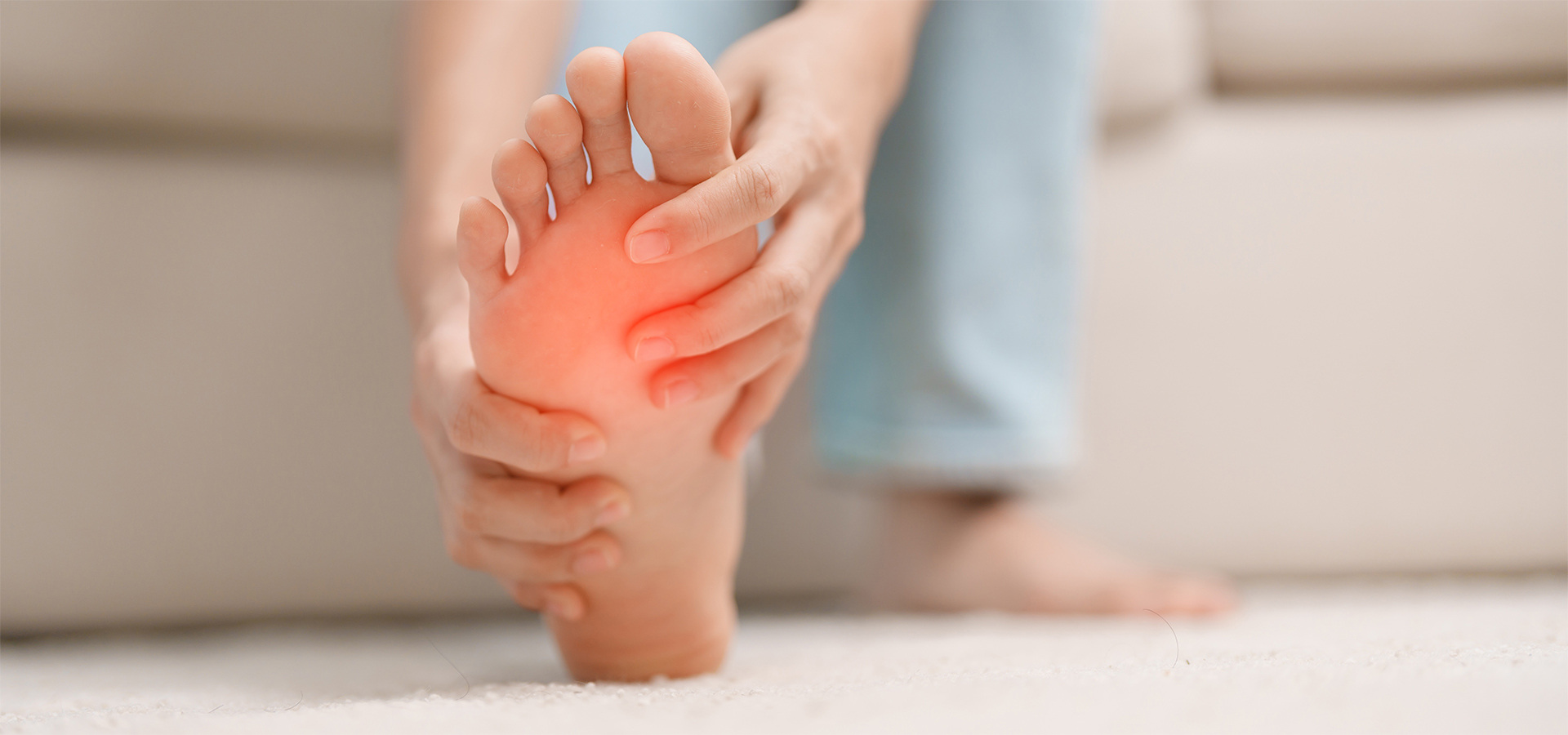
Educating Patients About Gait Issues: How Clinicians Can Communicate More Effectively with Technology
The ways we stand, turn, walk, and run change as we age. They respond not only to genetic factors but also to environmental factors and usage. Athletes and bank tellers both spend a lot of time on their feet, for example, but stress-induced biomechanical changes will be different when it comes to their gait.
The good news is that the more we know, the more we can help people. Indeed, there is a greater need than ever to understand gait issues and advise patients about the best ways to safeguard their mobility.
To comprehend what's happening when someone walks, we need several things: gait research equipment, multifaceted clinical assessments, and a thorough understanding of how gait disorders manifest in different populations. Only when clinicians have these resources at their disposal can they communicate effectively with their patients.
Exploring Gait Issues
Gait issues are common, and they only get more so with age. According to the Cleveland Clinic, "Around 15% of people experience a gait abnormality by age 60. However, more than 80% of people over age 85 have a gait abnormality. Children are less likely to have a gait abnormality unless they have an underlying health condition or experience an injury."
These injuries can take many forms and exhibit many symptoms, such as:
- Limping and shuffling
- Lack of coordination
- Dragging toes
- Pronating or supinating
- Taking shorter than usual steps
- Exhibiting difficulty supporting the body
And many others. With hundreds of bones, muscles, joints, and ligaments all working together, it's no surprise that things often go wrong.
Equally unsurprising: diagnosing gait issues correctly is no mean feat. It takes a lot of know-how and the right equipment to do it right, as well as considerable time spent with the client or patient. When you skip any of the above, you're guaranteed a less accurate result.
Good gait analysis includes:
- Paperwork and oral discussion of the patient's medical history
- A physical exam that includes muscle strength and coordination
- Measurements of bodily structures and range of movement
- Balance tests
- Standing, walking, and running assessments (depending on the individual's condition and needs)
- X-ray or lab tests as necessary
Depending on what the clinician finds, intervention may be minimal, such as recommendations for supportive shoes or physical therapy. In some cases, surgery or mobility devices might be necessary. Medications can factor into both non-invasive and invasive interventions, again depending on the issues.
Whatever the prognosis, clinicians rely on competent podiatric gait analysis to gather the correct data, avoid rework, prevent injury or reinjury, recommend the right shoes, and generally help their patients achieve the best possible quality of life.
Challenges With Clinical Gait Analysis
There exist so many challenges with clinical gait analysis that it can feel a little overwhelming sometimes. Granted, it's much easier to conduct a meaningful analysis today with tools such as video cameras and pressure pads. But hurdles remain, nevertheless, some of the most common of which include:
- Unreliable equipment and product design deficiencies that lead to complex or incorrect diagnoses.
- Equipment that needs a lot of setup or recalibration or that doesn't work right out of the box.
- Separate hardware and software systems that can't easily talk to one another.
- Technology that isn't designed to facilitate communication between clinician and patient.
This last one can prove an incredibly challenging sticking point. If we want patients to take the advice of their healthcare providers, then it's imperative we know how to talk to them about what they're going through.
Happily, a picture is worth a thousand words.
Communicating More Effectively with Patients
Clinicians have one thing going in their favor: if they use the right technology, they can avoid long-winded explanations in favor of direct, meaningful imagery.
Data does more than provide information to the clinician. With the correct data turned into the right visual models, you can now explain to your clients what's going on in their feet much more quickly. This allows them to understand the significance of your recommendations, which is likely to convince them to take them more seriously.
Then again, what doctor has ever been frustrated when a patient ignores their recommendations? (That was sarcasm if you couldn't tell.)
Patients also appreciate it when doctors communicate forthrightly, treating them as though they can understand complex issues. Whether the patient is an elite athlete or a person living with diabetes, this holds true.
How, then, do the right sensors help you design better patient education protocols?
Let's take a look.
Designing Better Patient Protocols With XSENSOR
XSENSOR's Intelligent Insoles | Clinical platform brilliantly combines software and hardware to help you create robust analyses of precisely what is happening between the foot and the ground.
Our plantar pressure and gait measurement system helps you quantify variables such as motion, loading, and foot function. Not only does this help you create a diagnosis, but it also enables you to design treatment plans that have the greatest chance of working, as well as validate the outcomes of those treatments in the current and follow-up sessions. By creating baselines, you also have a point of reference for improvement.
This alone will result in improved patient outcomes. However, when you add in a patient's increased knowledge, you will likely see compounded results in a positive direction. This is especially true for those who have impairments and who possibly can't even feel the forces happening in their shoes.
Best of all, it's easy. All you have to do is slip in our wireless insoles, which are already integrated with the out-of-the-box software system XSENSOR provides. Forget lengthy setup, onerous integrations, or constant recalibration. You'll be up and running in no time.
It's time for an educational revolution. You, your patients, your workers, and your clinic all deserve a better way to do business. XSENSOR offers just that, so get in touch today.
